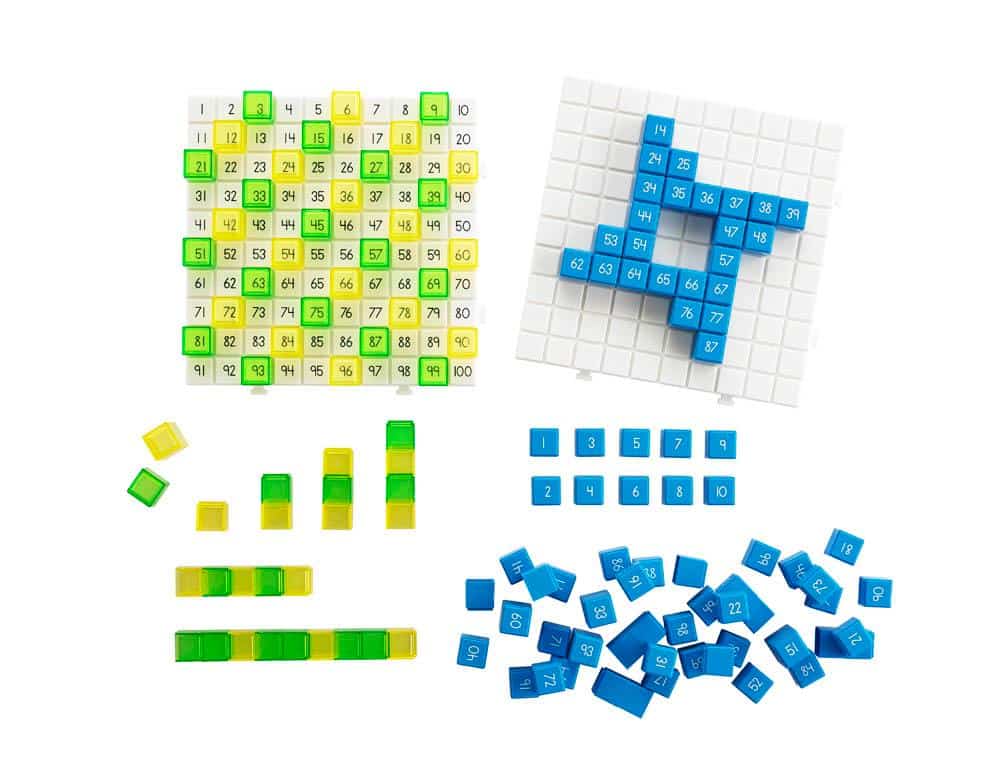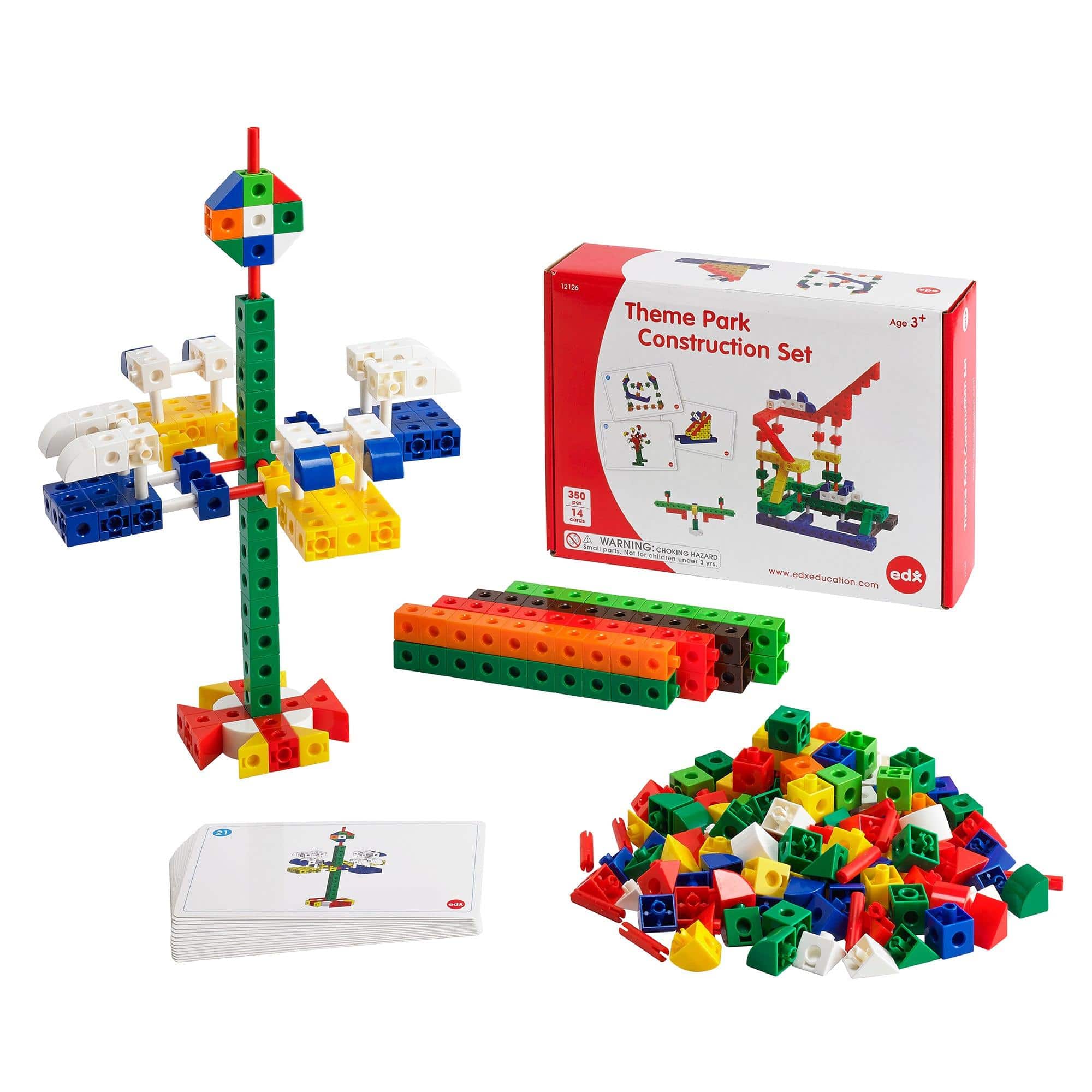The Influence of Toy Preferences on Language Skills
Introduction
Toys play a significant role in a child’s development, shaping their cognitive, social, and emotional skills. However, did you know that toy preferences can also have an impact on their language skills? In this article, we will explore the relationship between toys and language development and how the right choice of toys can enhance a child’s communication abilities.
The Benefits of Language Development
Before diving into the influence of toy preferences on language skills, let’s understand the importance of language development in a child’s life:
- Effective communication skills
- Building connections and relationships
- Academic success
- Problem-solving abilities
- Expressing emotions and thoughts
The Role of Toy Preferences
Children naturally gravitate towards certain types of toys based on their interests, personalities, and environmental influences. These preferences can have a profound impact on their language skills in several ways:
- Exposure to vocabulary: Toys that involve storytelling, role-playing, and imaginative play provide opportunities for children to expand their vocabulary. For example, dolls, action figures, and playsets encourage children to create narratives, thus introducing new words and phrases.
- Language immersion: Toys that incorporate language-rich features, such as interactive books, puzzles, and board games, can expose children to various language patterns and improve their comprehension skills.
- Verbal communication: Toys that promote conversation and social interaction, like board games or toys with voice features, encourage children to express themselves, ask questions, and engage in conversations with others.
- Enhancing listening skills: Toys that produce sounds, music, or require instructions help children develop active listening skills, allowing them to follow directions and understand verbal cues more effectively.
- Encouraging storytelling: Toys like building blocks, puppets, or storytelling kits foster creativity and narrative skills. Children can invent their own stories, practice sequencing events, and communicate their ideas with others.
Toy Features to Boost Language Skills
When selecting toys to support language development, look for products that offer the following features:
- Open-ended play: Toys that allow for open-ended play give children the freedom to explore and create their own narratives.
- Language stimulation: Look for toys that encourage active listening, speaking, and vocabulary expansion.
- Interactive elements: Toys with interactive features like buttons, lights, and sensors can engage children and promote language development.
- Multiple languages: Bilingual toys or those available in different languages can expose children to diverse linguistic experiences.
- Storytelling tools: Toys that provide resources for storytelling such as picture cards, storybooks, or story cubes can stimulate a child’s imagination and language skills.
Conclusion
Toy preferences can indeed influence a child’s language development. By providing a variety of toys that support vocabulary expansion, social interaction, storytelling, and active listening, parents and educators can play an active role in enhancing a child’s language skills. So, next time you’re selecting toys for your child, consider their language benefits alongside the fun factor, and watch their communication abilities soar!


